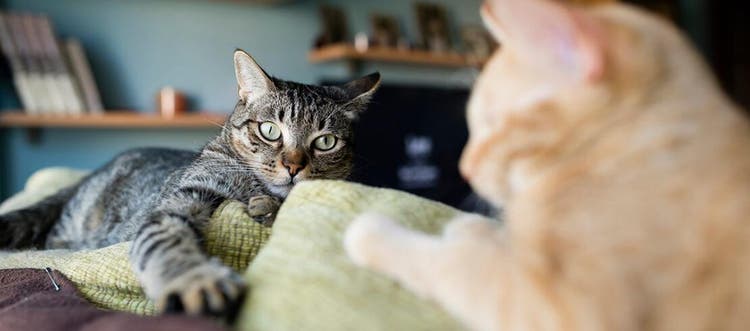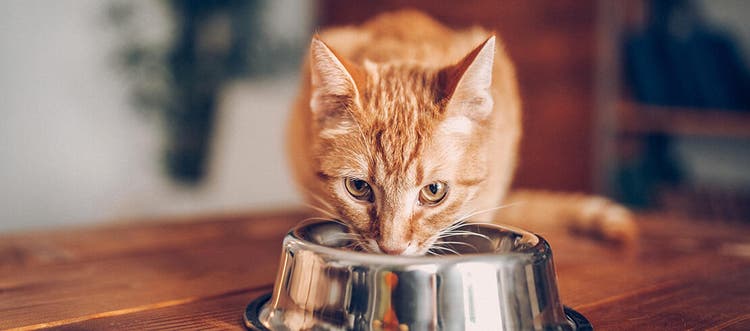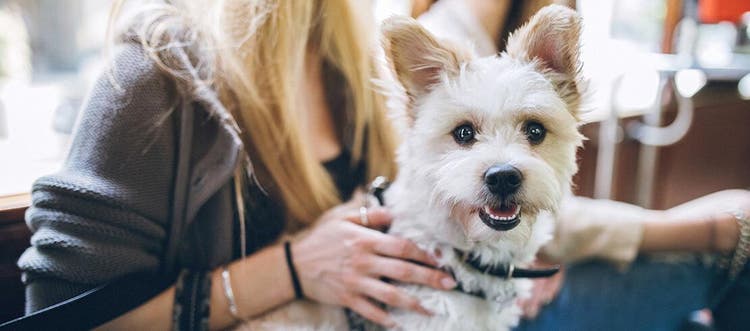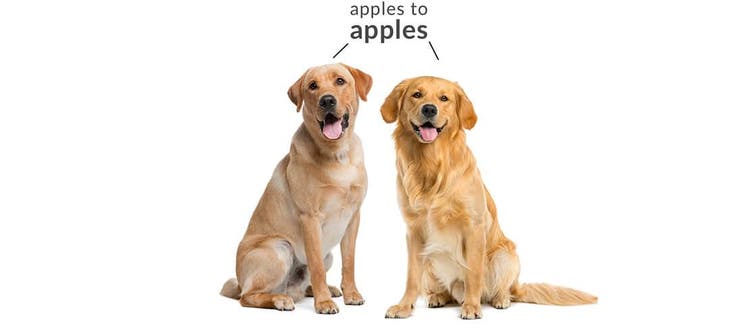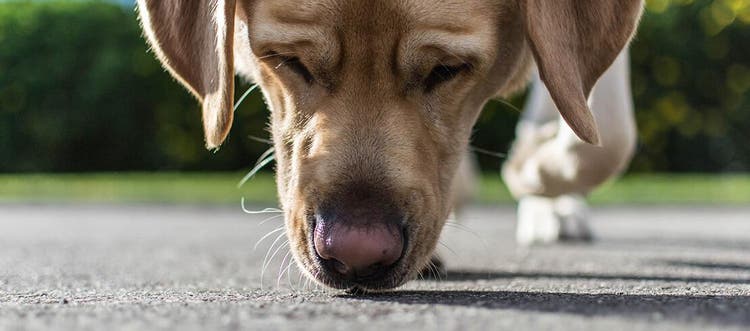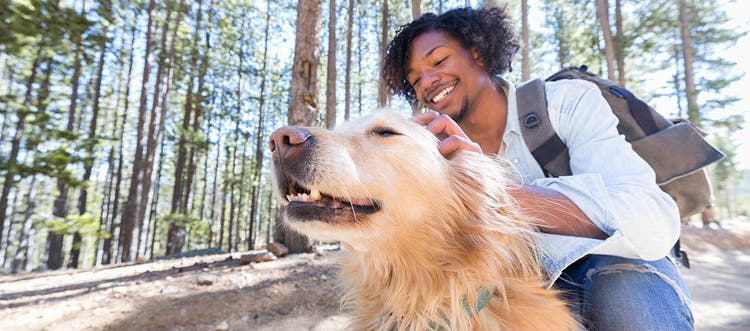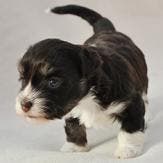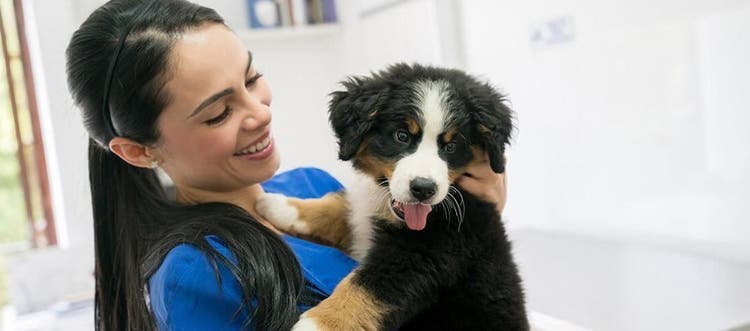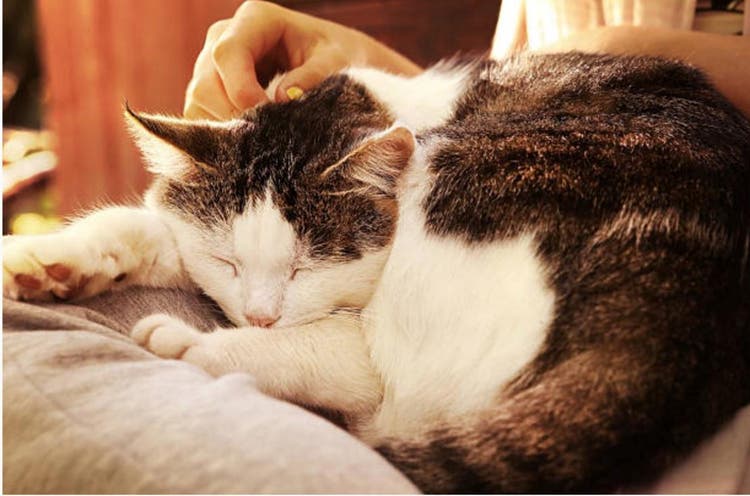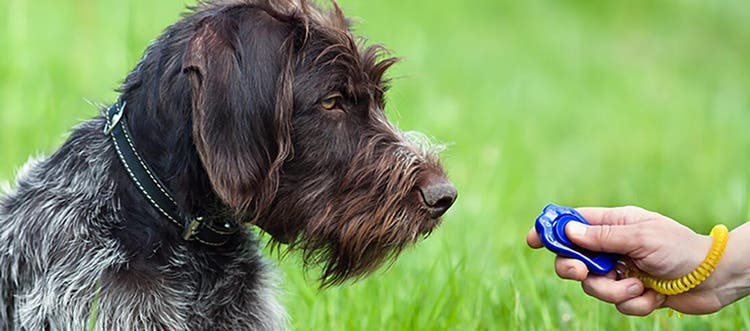Reviewed by: Abbie Lam DVM
“Do dogs have to be restrained in cars?” “Should I be using a harness?” “Just how far should I roll down the window?” Get the answers to all of your car safety questions.
Just like any other member of the family, our dogs need protection from potential dangers while in the car. Here are a few guidelines to help keep your pet safe and sound while you’re travelling the open road.
Keep your dog safe while traveling
Restrain them with a harness or in a crate
In Australia, unrestrained pets in cars are not only a safety hazard but also illegal in most states and territories. An unrestrained dog roaming freely in the car can be a major distraction for the driver, significantly increasing the risk of accidents. The safest way to travel with your dog is to use an appropriate restraint system. Several options are available:
- Dog seat belts: these belts attach to your dog's harness and clip into the car's seat buckle, securing them in place. Do not attach a dog seat belt to a collar to avoid choking and slippage.
- Carriers or crates: a secure carrier or crate provides excellent protection and can be strapped in using the seat belt. Ensure the carrier is well-ventilated and appropriately sized for your dog's comfort.
- Dog guards or barriers: these create a partition between the boot and the passenger compartment, providing a safe space for your dog to travel in the back of the vehicle.
Take breaks
Long journeys require regular breaks for your dog's wellbeing. Stop every few hours and let your dog out of the car in a safe, quiet spot so they can stretch their legs and relieve themselves. Remember, even a quick rest stop can expose your dog to parasites like fleas, ticks and worms. Protecting your dog with regular preventatives is crucial, even on short trips. Always check your dog for ticks after outdoor excursions and maintain a consistent parasite prevention schedule.
Bring your own water
Unknown water sources and bowls can contain parasites like giardia. To keep your dog safe, hydrated and protected from digestive issues, bring clean drinking water and a dog bowl from home.
Manage anxiety
Many dogs get nervous in the car. Start with short trips, gradually increasing the duration as they become more comfortable. Positive reinforcement with treats and praise can create a positive association with car rides. If your dog is particularly worried, talk to your veterinarian about the best ways to help them.
What to avoid when driving with your dog
No "window surfing"
While lots of dogs love to feel the wind in their fur, allowing them to hang out the window is dangerous. Debris and flying objects could cause injury to your dog. Roll the window down a little for ventilation, but ensure your dog cannot stick their head through. In some Australian states and territories, fines apply if the window beside a dog is down too far.
Don't ignore extreme temperatures
Do not leave your dog alone in the car. Leaving your dog unattended in a parked car, especially in hot weather, can be life-threatening. Even on mildly warm days, temperatures inside a car can quickly soar to dangerous levels, causing heatstroke and even death. Always park in shaded areas wherever possible and consider using sunshades for extended trips. Utilise your car's air conditioning or heating to maintain a comfortable temperature for both you and your dog during travel.
Avoid distractions
As adorable as your dog may be, their antics may distract you from driving. Avoid petting, playing or allowing them on your lap while the car is in motion. Keep your focus on the road to ensure everyone's safety.
Minimise mealtimes in motion
To prevent motion sickness and digestive upset, avoid feeding your dog right before or during car trips. It's best to feed them a few hours before departure and offer small amounts of water during breaks. While snacks are a road trip staple for humans, they can exacerbate car sickness in dogs.
By following these guidelines and prioritising your dog's safety and comfort, you can enjoy the open road with your furry companion by your side.
